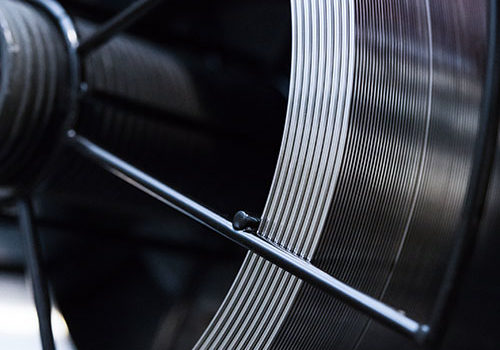Hot and Cold working
Metals can be cast to shape by melting them and pouring them into moulds. Metals can also be cut to shape by using hand tools and machine tools. However, there is the alternative of working them to shape. This is how a Blacksmith shapes metal by hammering it to shape on the anvil. Metals that have been shaped by working (also called ‘flow forming’ ) are said to be wrought. Metals may be worked hot or cold. In either case the crystalline structure of the metal is distorted by the working process and the metal becomes harder, stronger and less ductile.
- In cold-working metals the crystalline structure (grain) becomes distorted due to the processing and remains distorted when the processing has finished. This leaves the metal harder, stronger and less ductile. Unfortunately, further cold working could cause the metal to crack.
- In hot-working metals the grain also becomes distorted but the metal is sufficiently hot for the grains to reform as fast as the distortion occurs, leaving the metal soft and ductile. Some grain refinement will occur so that the metal should be stronger than at the start of the process. The metal is easier to work at high temperatures and less force is required to form it. This is why the Blacksmith gets the metal red-hot before forging it to shape with a hammer.
- Recrystallization is the term used when the distorted grains reform when they are heated. The temperature at which this happens depends upon the type of metal or alloy and how severely it has been previously processed by cold working.
- Cold-working is the flow forming of metal below the temperature of recrystallisation (for example, cold heading rivets).
- Hot-working is the flow forming of metals above the temperature of recrystallisation (for example, rolling red-hot ingots into girders in a steel mill).
Hot-working processes
Advantages |
Limitations |
|
|
|
Cold-working processes
Advantages |
Limitations |
|
|
|

